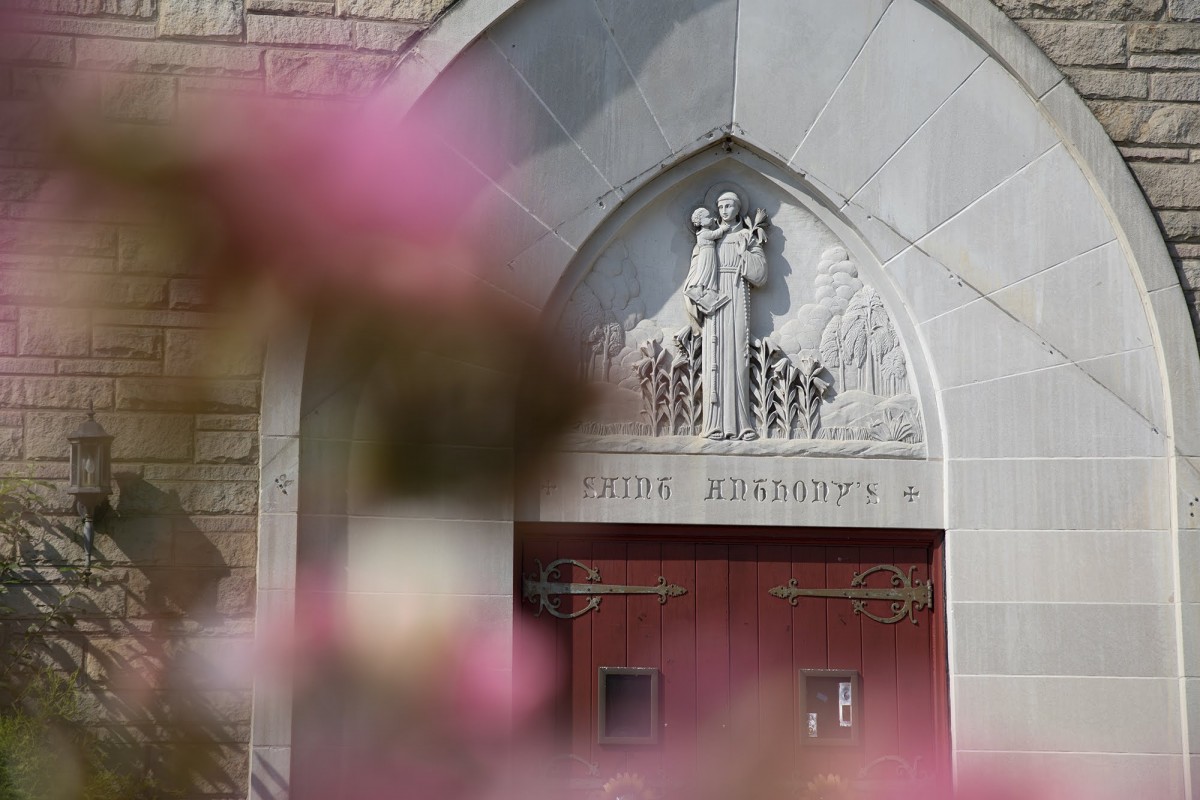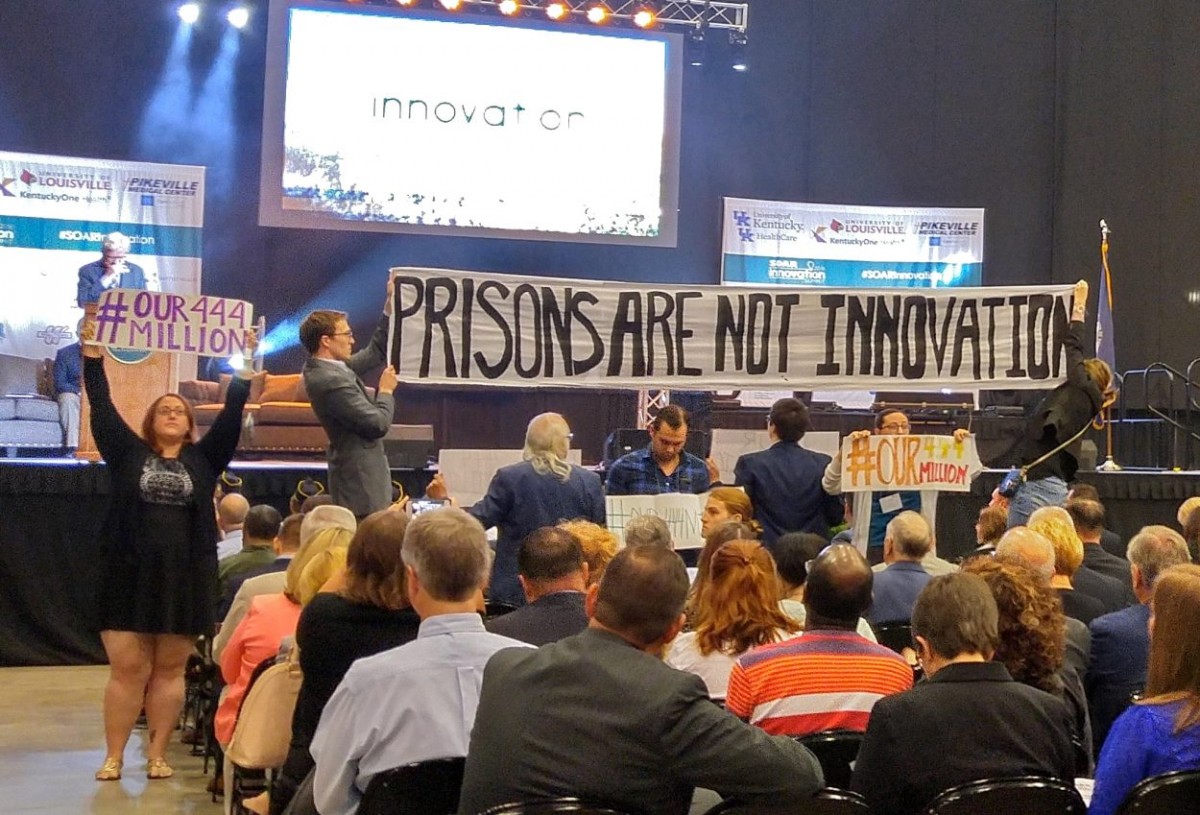West Virginia University researchers recently completed a year-long project exploring the history of a coal community in Monongalia County, using photos and oral history to create an exhibit.
Scott’s Run is a five-mile area that stretches along the banks of the Monongahela River, about four miles from West Virginia University.
Today less than 2,000 people live there, and the former towns in Scotts Run – such as Osage and Cassville – are all unincorporated.
But, in the early 1900s, the area was booming from the coal industry. Its main economic advantage was its proximity to the river, railroads and coal resources. But, by the 1930s during the Great Depression, like much of the country, Scott’s Run hit hard times.

Consequently, the community banded together, creating a family-like bond that still exists today.
“There’s this community that is a completely different world from what you’ve seen of Morgantown that has this history that’s very much the history of West Virginia,” said Kristina Hash, a professor of social work at WVU.
Hash was one of six researchers on the team that studied Scott’s Run. Other researchers included Catherine Gouge, Lori Hostuttler, Tamba M’bayo, Christine Rittenour and Tyler Redding.
The project was funded in 2018 through a grant from the West Virginia University Humanities Center.
Many photos were taken of the people of Scott’s Run during the Great Depression years, Hash said. Using these photos, she and her team documented stories from West Virginians who were children during the early years of Scott’s Run.
About a dozen of the original residents of Scott’s Run still get together every weekend. Hash said the sense of community is strong.
“People that had a really diverse community that lived in harmony that centered around coal and together faced major tragedy,” she said.
All the research was compiled into a video and an exhibit that has been donated to the Scott’s Run Museum where it will be permanently on display. The museum is open every Saturday from 10 a.m. to 2 p.m.
This article was originally published by West Virginia Public Broadcasting.



